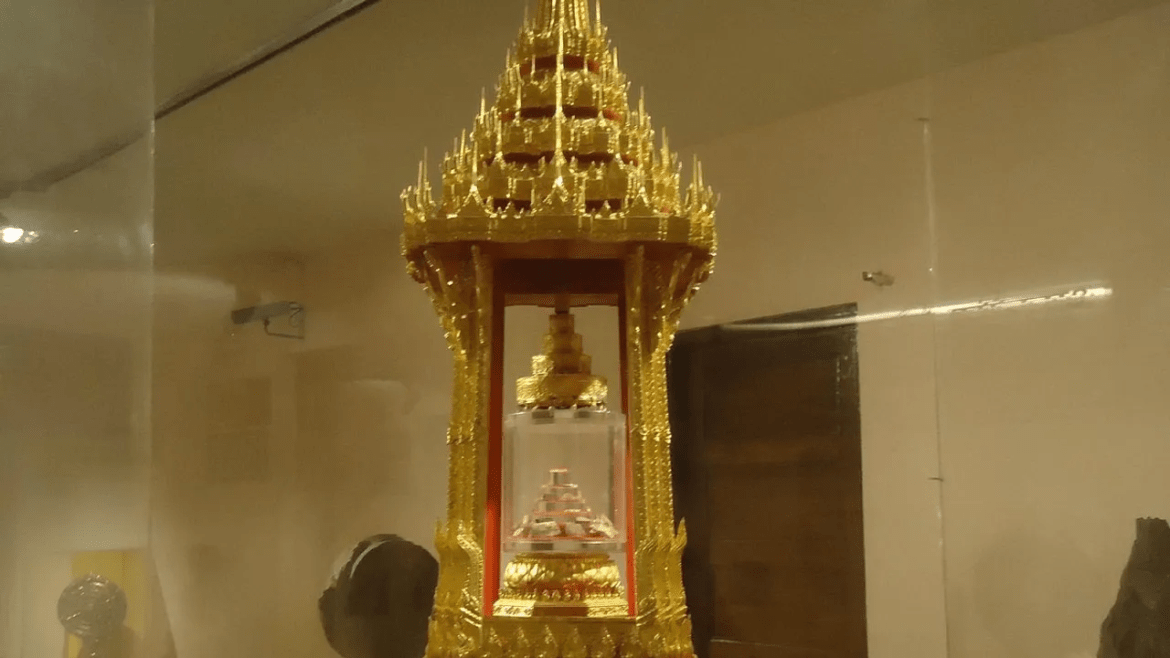AI Generated Summary
- He hailed it as a fitting prelude to the forthcoming “Asia on the Move” conference, slated to convene at the IIC, envisioning discussions that traverse the trails blazed by early traders, explorers, and pilgrims across the vast expanse of Asia.
- He illuminated the significance of relics such as the Ashokan Pillar unearthed at Sarnath in the 20th century, now enshrined as enduring symbols of independent India, resonating proudly within the hallowed halls of Parliament House.
- The narrative unfolds with Jean Baptiste Ventura, a French officer stationed at Maharaja Ranjit Singh’s court in Punjab, embarking on one of the pioneering archaeological expeditions in the subcontinent back in 1830.
In a revelation that intertwines the threads of history, an intriguing exhibition unveiled its treasures in the heart of the national capital. Delving into the annals of time, this exhibition sheds light on a little-known connection between the earliest discovered Buddhist relics and Maharaja Ranjit Singh, the eminent founder of the Sikh empire.
The narrative unfolds with Jean Baptiste Ventura, a French officer stationed at Maharaja Ranjit Singh’s court in Punjab, embarking on one of the pioneering archaeological expeditions in the subcontinent back in 1830. Venturing to Manikyala, situated northwest of Rawalpindi, Ventura’s quest led him to unravel the mysteries buried beneath the sands of time.
Manikyala, traditionally believed to be the final resting place of Alexander the Great’s legendary horse, emerged as a sprawling Buddhist site along the historic Grand Trunk Road in present-day Pakistan. Amidst the ancient ruins, Ventura stumbled upon a trove of Kushan gold coins adorned with the likeness of Buddha, tracing their origins back to the second century CE. Initially attributing his findings to the legendary steed of Alexander, Ventura later discerned the true nature of his discovery – precious reliquaries and sacred remnants of the Buddha himself.
These extraordinary revelations, along with a myriad of rare insights into the realm of Buddhist symbolism, take center stage at the exhibition titled “Travelling relics: Spreading the word of the Buddha.” Commencing its display at the esteemed Indian International Centre, this captivating exhibition promises to captivate audiences until March 7.
Heralding the inauguration of this remarkable showcase, curated by the distinguished historian Himanshu Prabha Ray, was NN Vohra, former Governor of Jammu and Kashmir. He hailed it as a fitting prelude to the forthcoming “Asia on the Move” conference, slated to convene at the IIC, envisioning discussions that traverse the trails blazed by early traders, explorers, and pilgrims across the vast expanse of Asia.
Delving deeper, Vohra expounded on the transformative journey of Buddhist relics, from their roots in Mauryan religious practices to their rediscovery in the realm of colonial archaeology. He illuminated the significance of relics such as the Ashokan Pillar unearthed at Sarnath in the 20th century, now enshrined as enduring symbols of independent India, resonating proudly within the hallowed halls of Parliament House.
Moreover, the exhibition serves as a poignant testament to the political significance of Buddhist relics, fostering cooperation amongst the newly emancipated nations of South and Southeast Asia. An evocative portrayal captures the historic moment when U Nu, the inaugural Prime Minister of independent Burma, escorted Buddhist relics in a solemn procession, flanked by luminaries including India’s own Jawaharlal Nehru and Syama Prasad Mookerjee.




